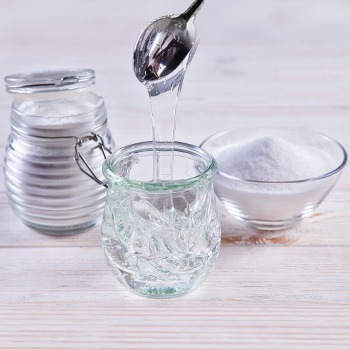
HIGH MALTOSE
Product family:
Sweeteners
Labelling:
Liquid sweeteners
Area of Application:
FOOD

Main Characteristics:
Maltose content, %
35-75
Dextrose equivalent (reducing substances)
40-60
Total Solids, %, max.
78
SO2 content, mg / kg, max. (under request, with SO2 content - 10 mg / kg)
8
Color, EBC units (max.)
0,85
Color, ICUMSA units, max.
20
Industry |  Baked goods |  Confectionery |  Dairy products |  Processed fruit and vegetables |  Sauces & dressings |  Prepared mixes |  Beverages, non-alcoholic |
|---|---|---|---|---|---|---|---|
| Benefits & Properties | Strengthening of chewing properties | Gives elasticity / hardness | Stability | Crystallization control | Sweetness control | Binding agent | Sweetness control |
| Dough rheology | Crystallization control | Sweetness control | Increased penetration capability | Smoothness enchance | Crystallization control | Affects the taste | |
| Gives a wet / soft consistency | Humidity control | Provides necessary texture | Sweetness control | Syneresis resistant | Viscosity | Viscosity | |
| Sweetness control | Sweetness control | Viscosity | Viscosity | Viscosity | Structure improvement | Enhance flavor | |
| Structure improvement | Structure improvement | Glossy or shiny surface | Glossy or shiny surface | Energy value | |||
| Glossy or shiny surface | Viscosity | Source of dry solids |
General Information:
Maltose molasses' main carbohydrate is maltose. The content of maltose in the carbohydrate composition can vary from 35% to 75% by weight of the dry product. It is produced by enzymatic hydrolysis of corn starch.
This type of molasses is used in the caramel production to make the product transparent and extend its shelf life. Such production allows obtaining caramel with a high content of molasses in the recipe. Maltose molasses is used in bakery and flour confectionery. It acts as a stabilizer and affects the texture, taste and shelf life of baking products. Maltose molasses are widely used in brewing to partially replace the carbohydrate portion of brewing wort.
Product Specification request


